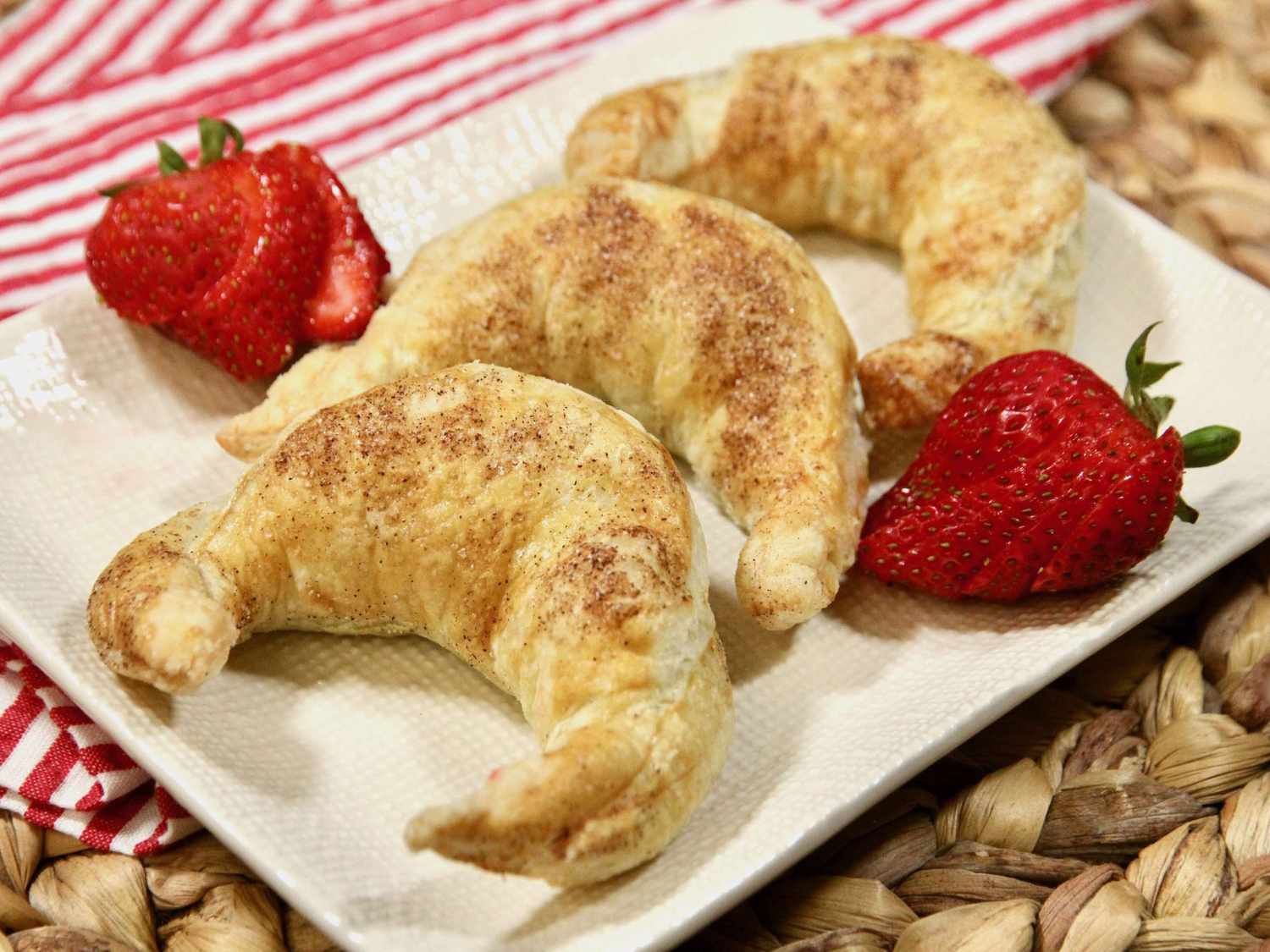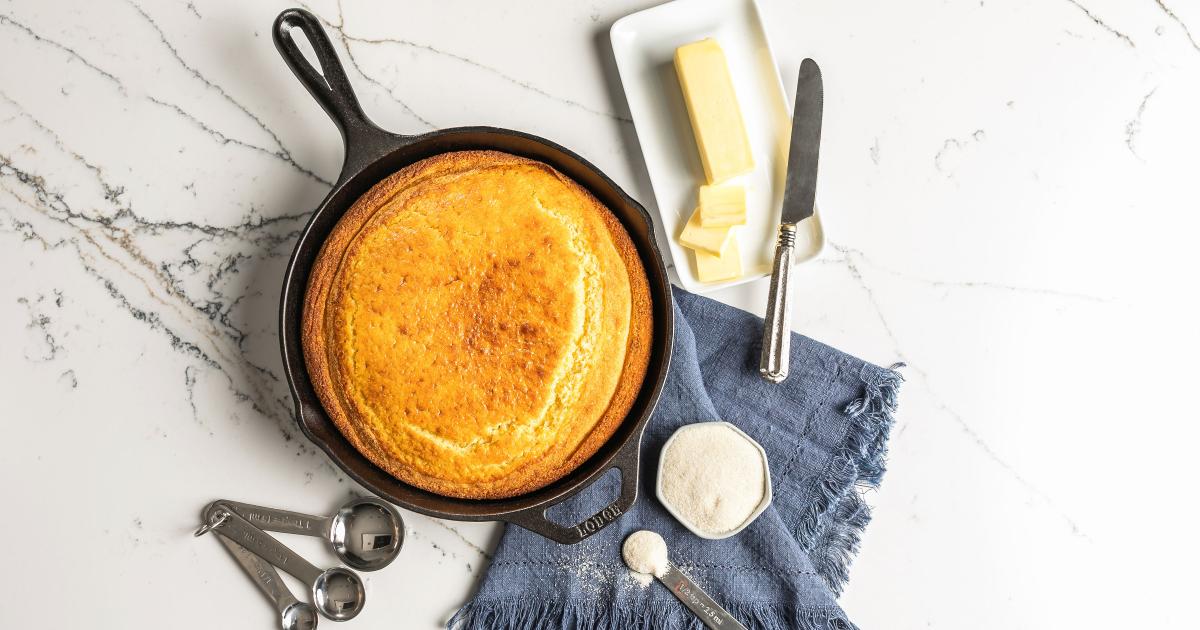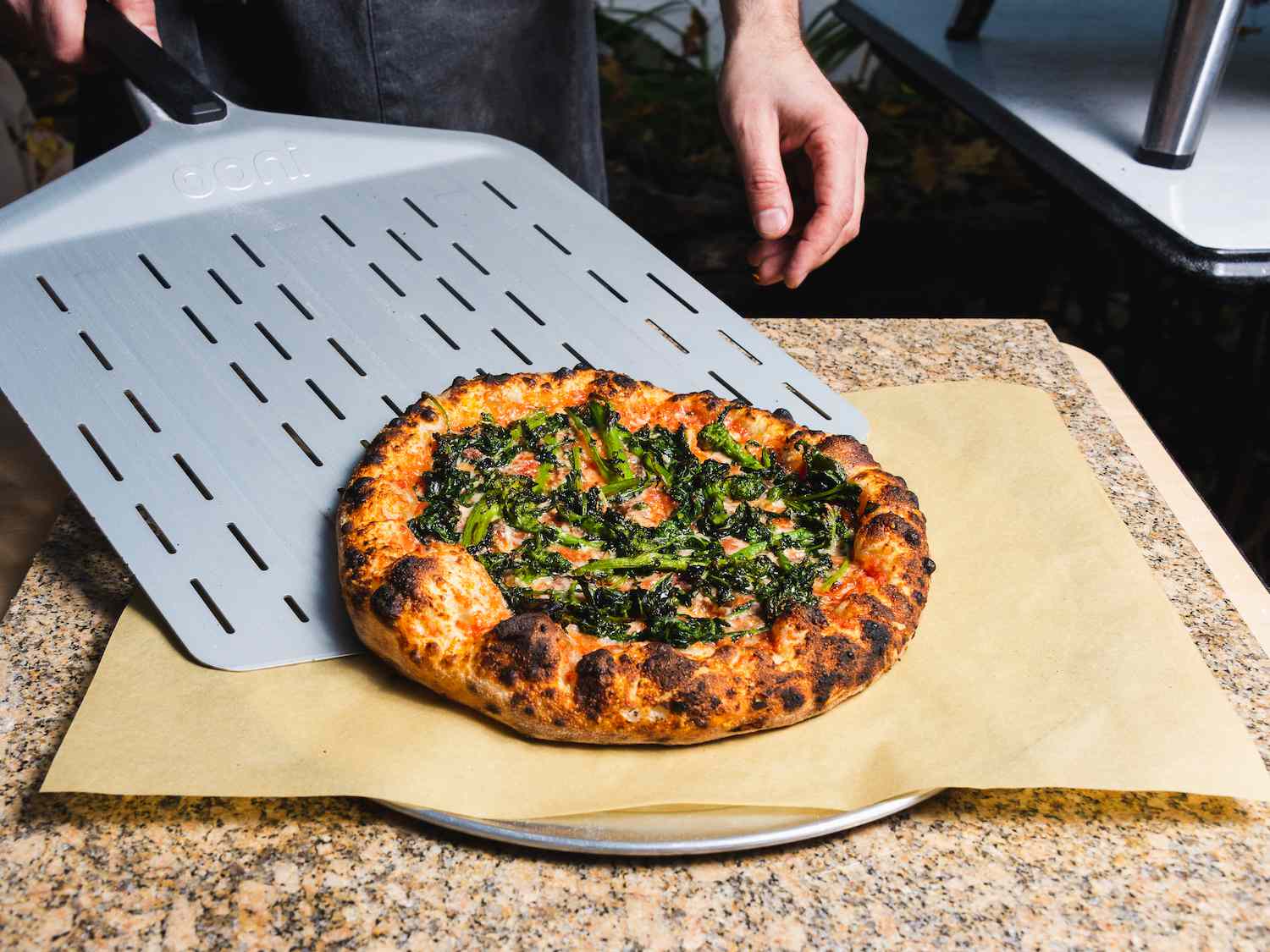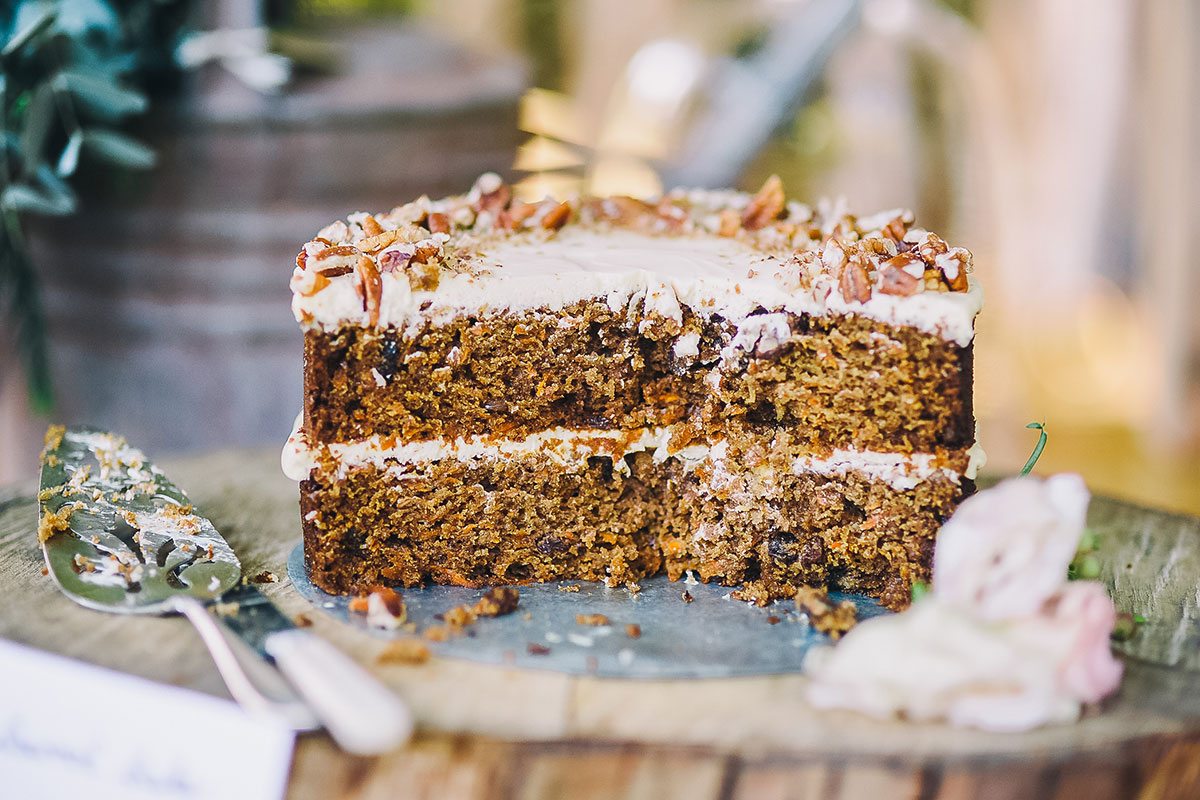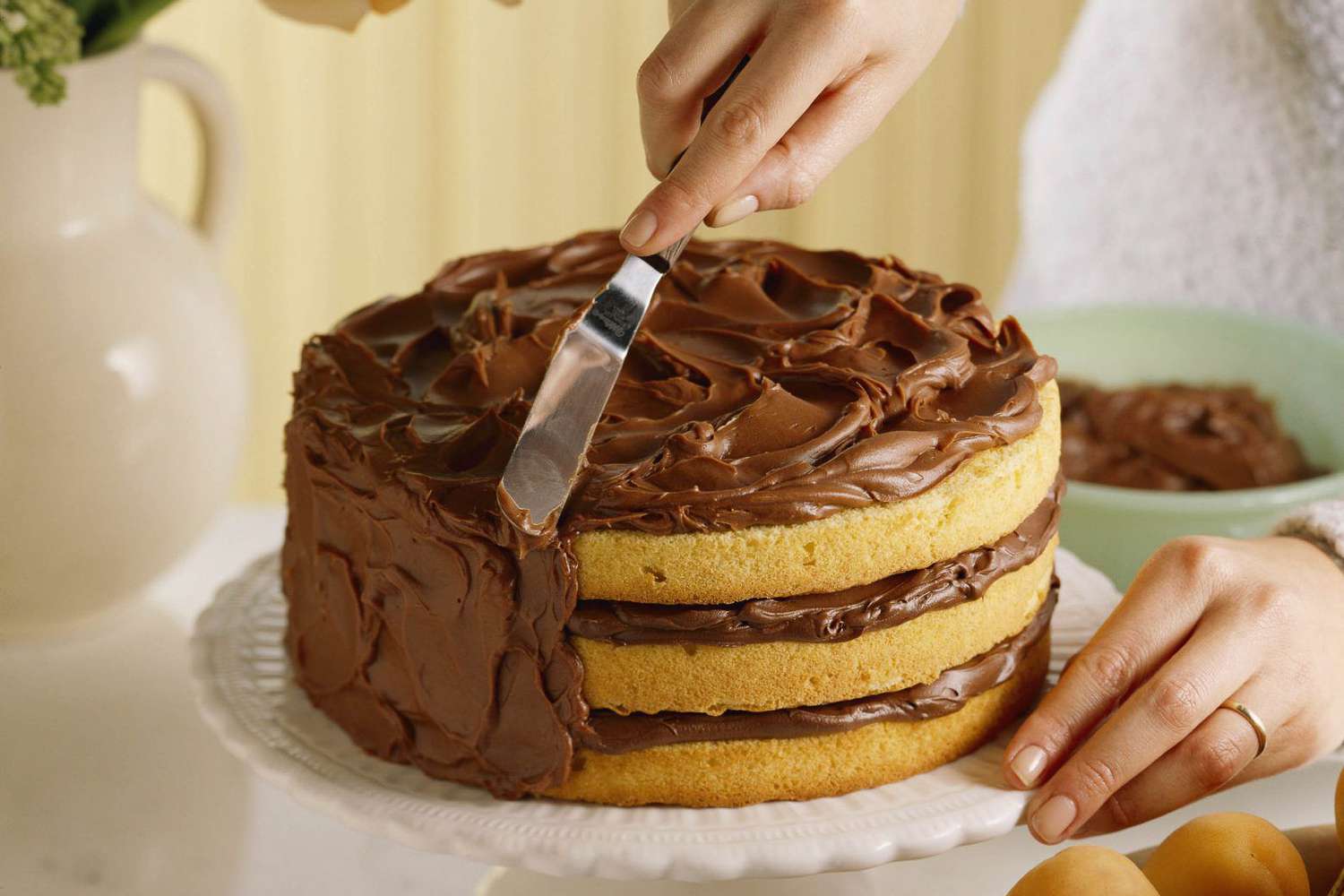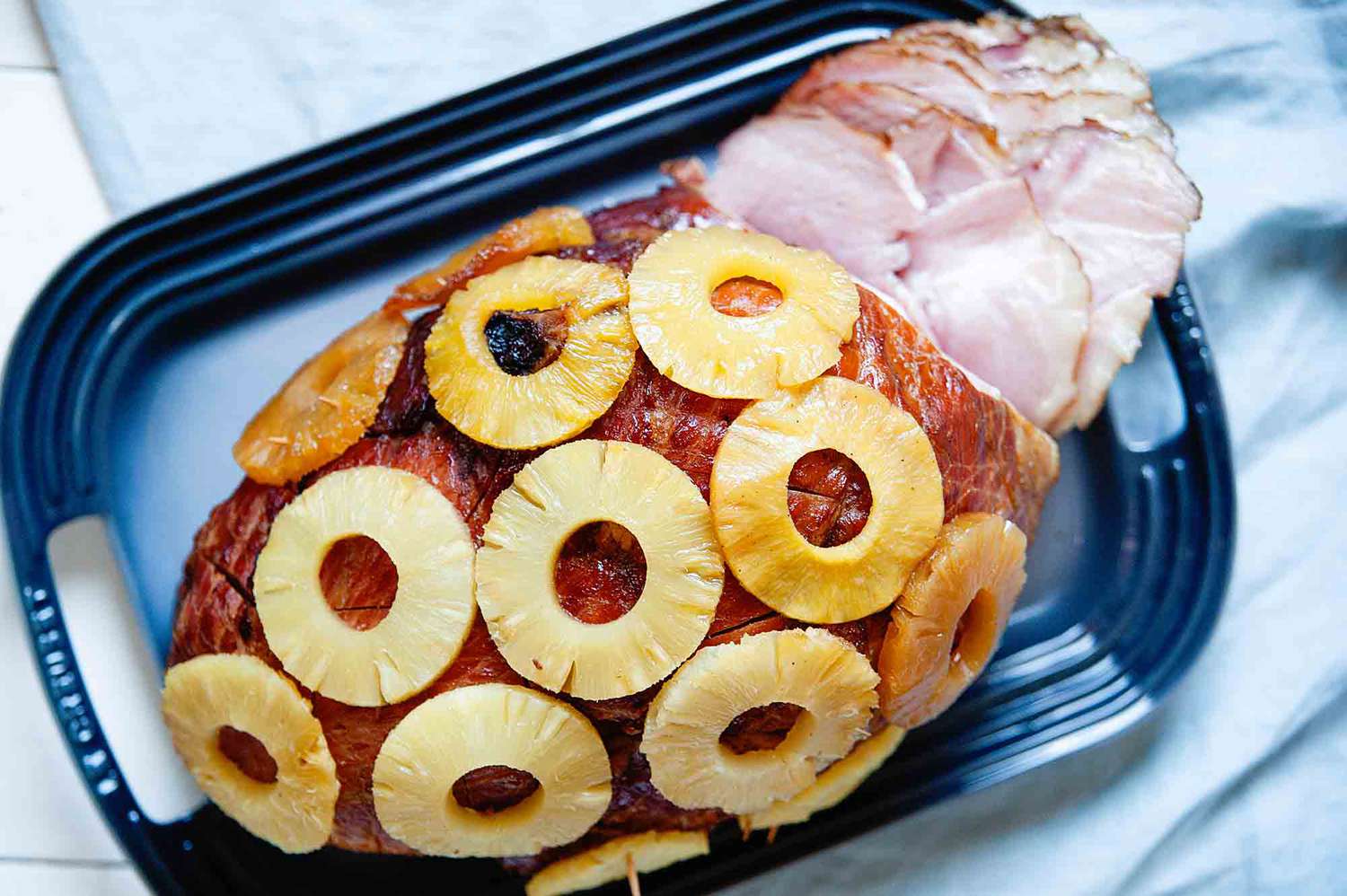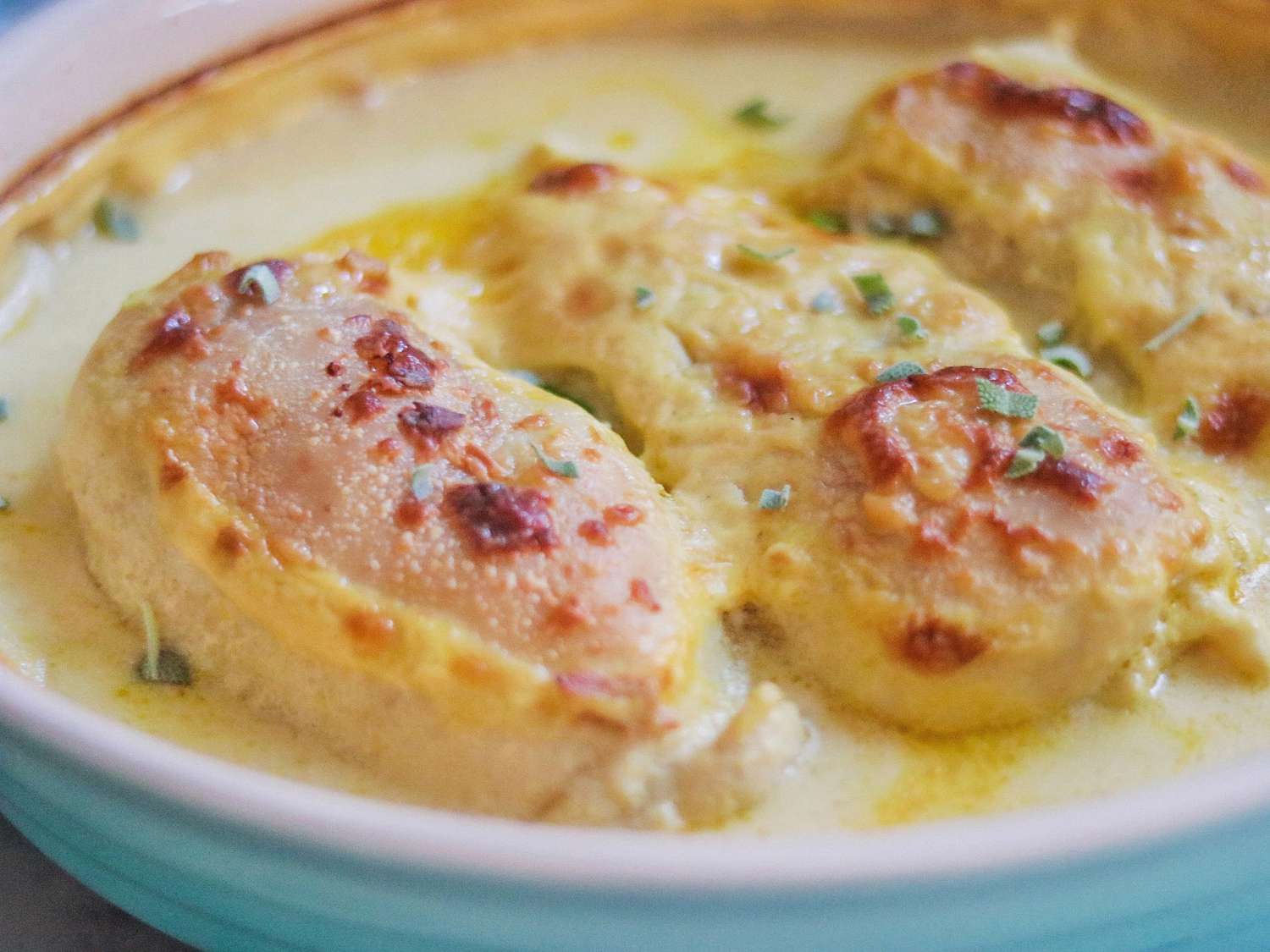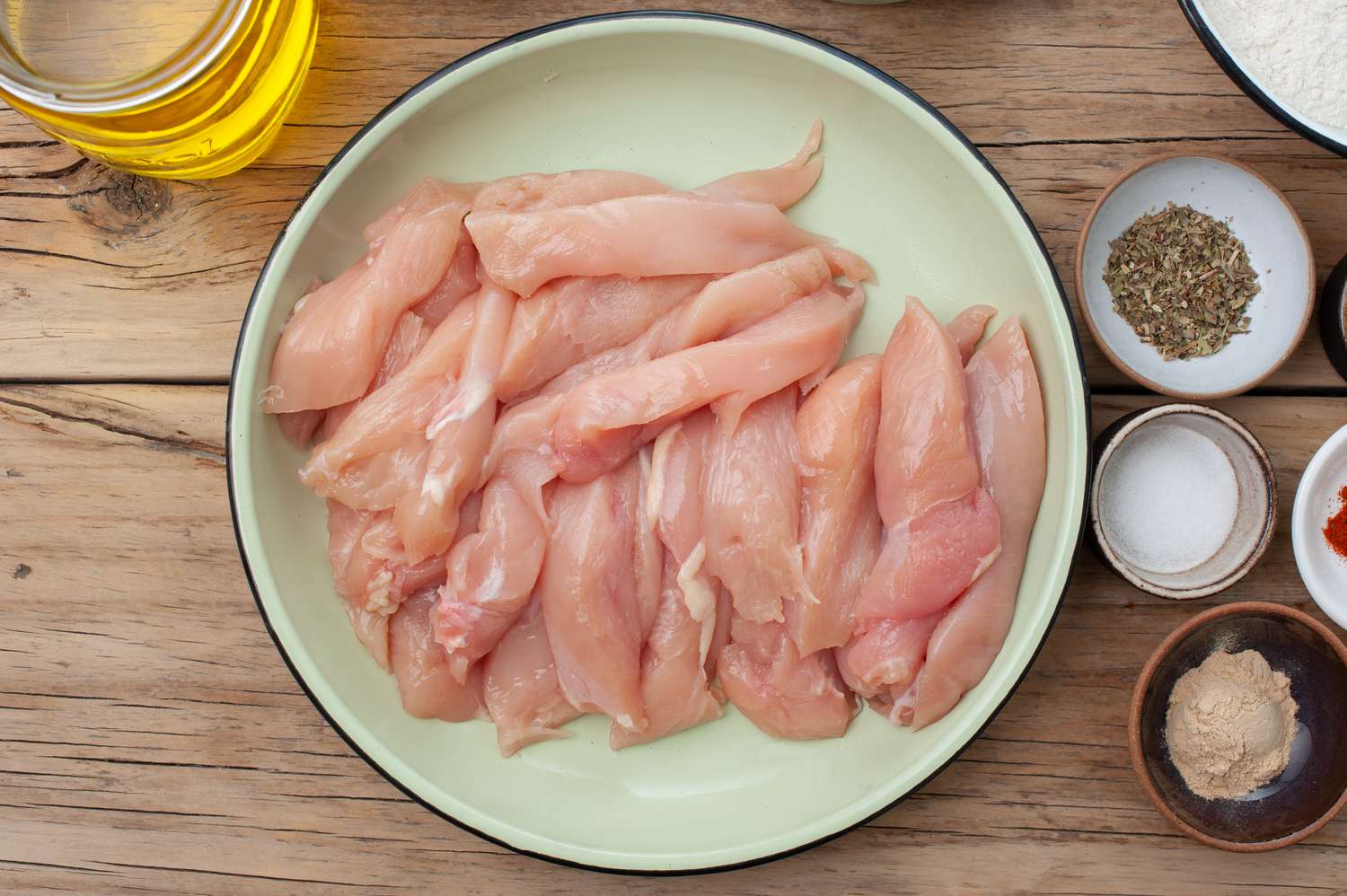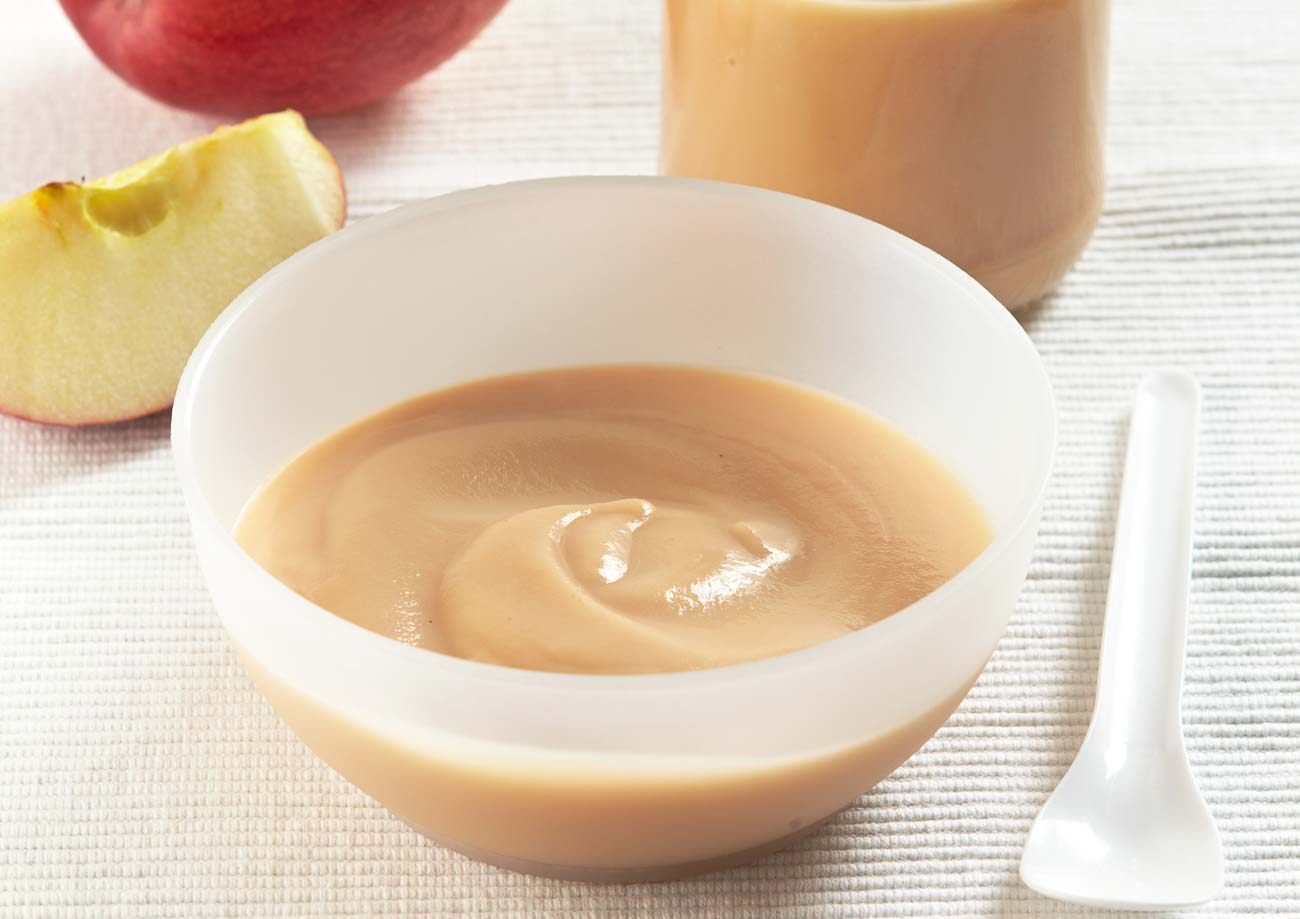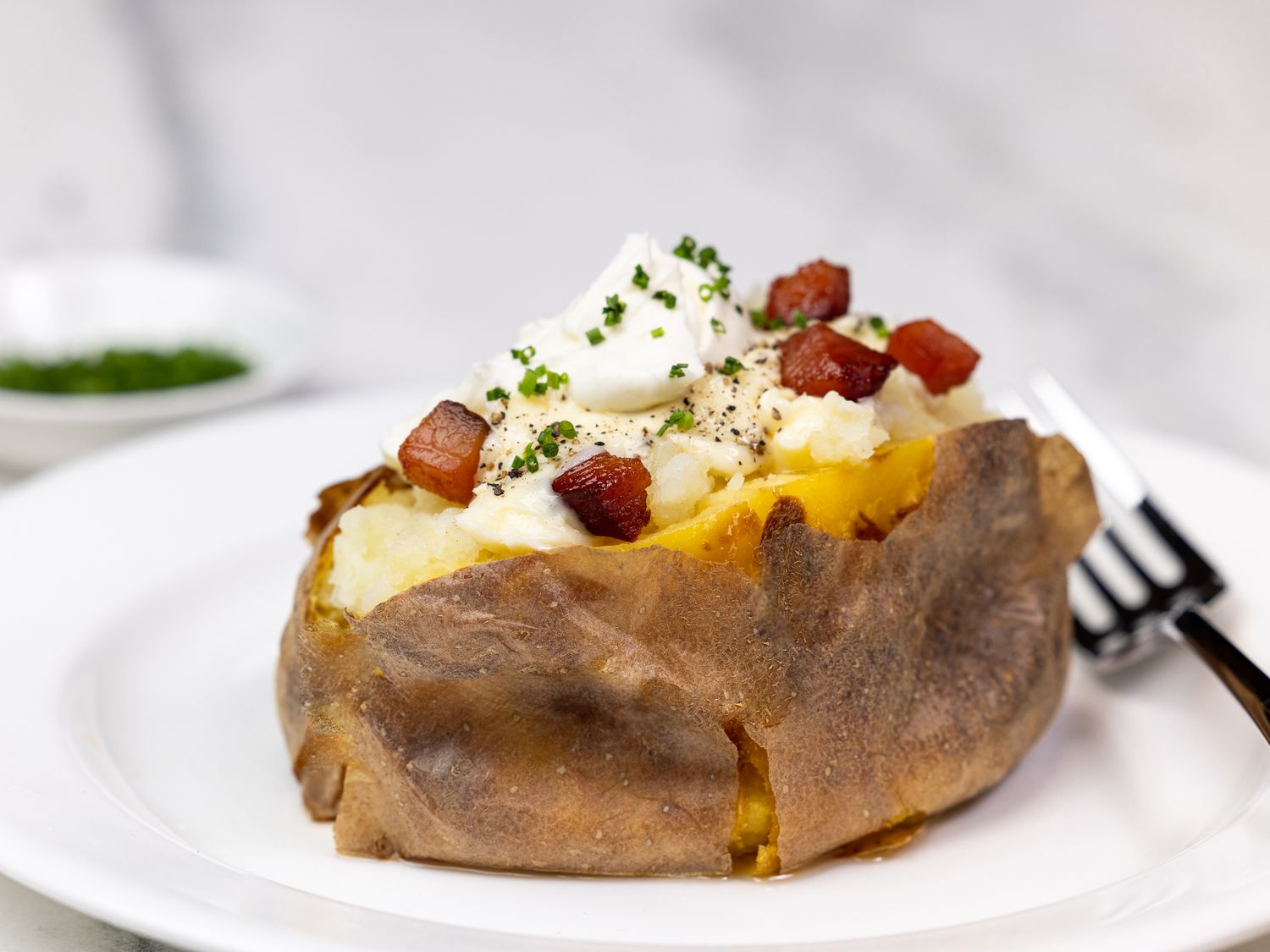How to Make a Delicious Pizza with a Perfectly Soft Crust
Are you tired of biting into a pizza only to be met with a hard, tough crust? Don’t worry, you’re not alone. Many people struggle with achieving the perfect soft and chewy pizza crust. But fear not, because with the right techniques and tips, you can bake a pizza with a crust that is soft and delicious every time.
Choose the Right Flour
The type of flour you use can greatly impact the texture of your pizza crust. All-purpose flour is a good choice for a softer crust, as it has a lower protein content compared to bread flour. You can also opt for 00 flour, which is finely ground and results in a softer, more tender crust.
Don’t Overwork the Dough
When making your pizza dough, it’s important not to overwork it. Kneading the dough for too long can develop too much gluten, resulting in a tough crust. Instead, gently knead the dough just until it comes together and then let it rest to allow the gluten to relax.
Use the Right Amount of Water
The amount of water you use in your pizza dough can also affect the texture of the crust. Aim for a higher hydration dough, as this will result in a softer and more pliable crust. Be sure to add the water gradually and adjust as needed to achieve the right consistency.
Preheat Your Oven and Use a Pizza Stone
For a perfectly soft crust, it’s important to preheat your oven and use a pizza stone. Preheating the oven ensures that the pizza cooks evenly and the pizza stone helps to create a crispy bottom crust while keeping the top soft and chewy.
Don’t Overbake
One of the most common reasons for a hard pizza crust is overbaking. Keep a close eye on your pizza and avoid leaving it in the oven for too long. Once the cheese is melted and bubbly and the crust is golden brown, it’s time to take it out.
Use a Pizza Pan or Screen
If you don’t have a pizza stone, using a pizza pan or pizza screen can also help to achieve a softer crust. These tools allow for better air circulation around the pizza, resulting in a more evenly cooked and softer crust.
Let it Rest
After taking the pizza out of the oven, allow it to rest for a few minutes before slicing and serving. This allows the crust to set and ensures that the toppings stay in place when cutting into the pizza.
By following these tips, you can bake a delicious pizza with a perfectly soft crust that will have everyone coming back for more. Experiment with different flours, hydration levels, and baking methods to find the perfect combination for your ideal pizza crust. With a little practice and patience, you’ll be enjoying the perfect soft and chewy pizza crust every time.
Was this page helpful?
Read Next: How To Bake A Sweet Potato Pie

